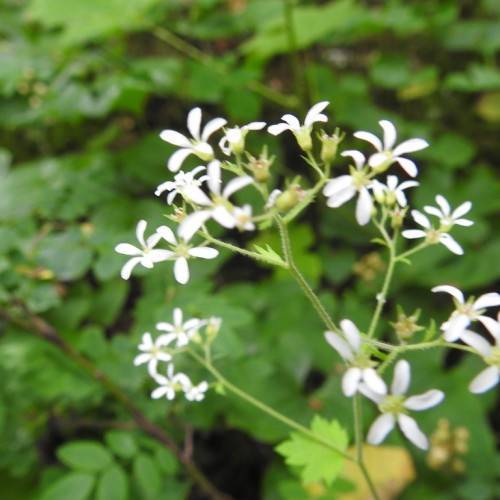
Coastal Brookfoam
Boykinia occidentalis
Watering:
Minimal
Hardiness Zone:
Flowers:
Flowers
Sun:
full sun,part shade
Fruits:
Fruits Ready In
Growth Rate:
Low
Drought Tolerant:
Yes
Salt Tolerant:
Yes
watering
Buffalograss should be watered twice a week during the hottest months of summer when it is actively growing. During this time, water the grass deeply, to a depth of 8 to 10 inches, to encourage deep root growth. The grass should also be fertilized during active growth, as often as every 4 weeks. In the cooler months of late fall, through early spring, water lightly every 2 weeks. During this time, the grass should not be fertilized.
sunlight
Buffalograss (Bouteloua dactyloides) does best in full sun, receiving 6 to 8 hours of direct sunlight per day. For optimal growth, the grass should be in sunlight for most of the day. When grown in direct sunlight, Buffalograss has a strong root system and a deep bluish-green color, with a soft, fine texture. If not receiving enough direct sunlight, the grass may become overly weedy in appearance, with thin splotchy blades and a pale yellowish-green color. On the other hand, if the grass is receiving too much sunlight, it could become susceptible to heat stress, resulting in stunted growth and an overall decrease in quality.
pruning
Buffalograss (Bouteloua dactyloides) should be pruned twice a year: once in late winter (February-March) and once in early summer (June-July). Pruning should be done slightly differently each time: during late winter pruning, about 1/3 of the top growth should be removed to wake up the lawn from dormancy. This pruning will also allow new growth to quickly establish. During early summer pruning, remove any dead grass blades and lightly trim the lawn to keep it maintained. It is important to note that Buffalograss does not require frequent cutting or aggressive pruning. This grass needs little to no fertilizer and rarely needs to be mowed. Keeping up with the twice yearly pruning is all the maintenance required to keep Buffalograss looking its best.
